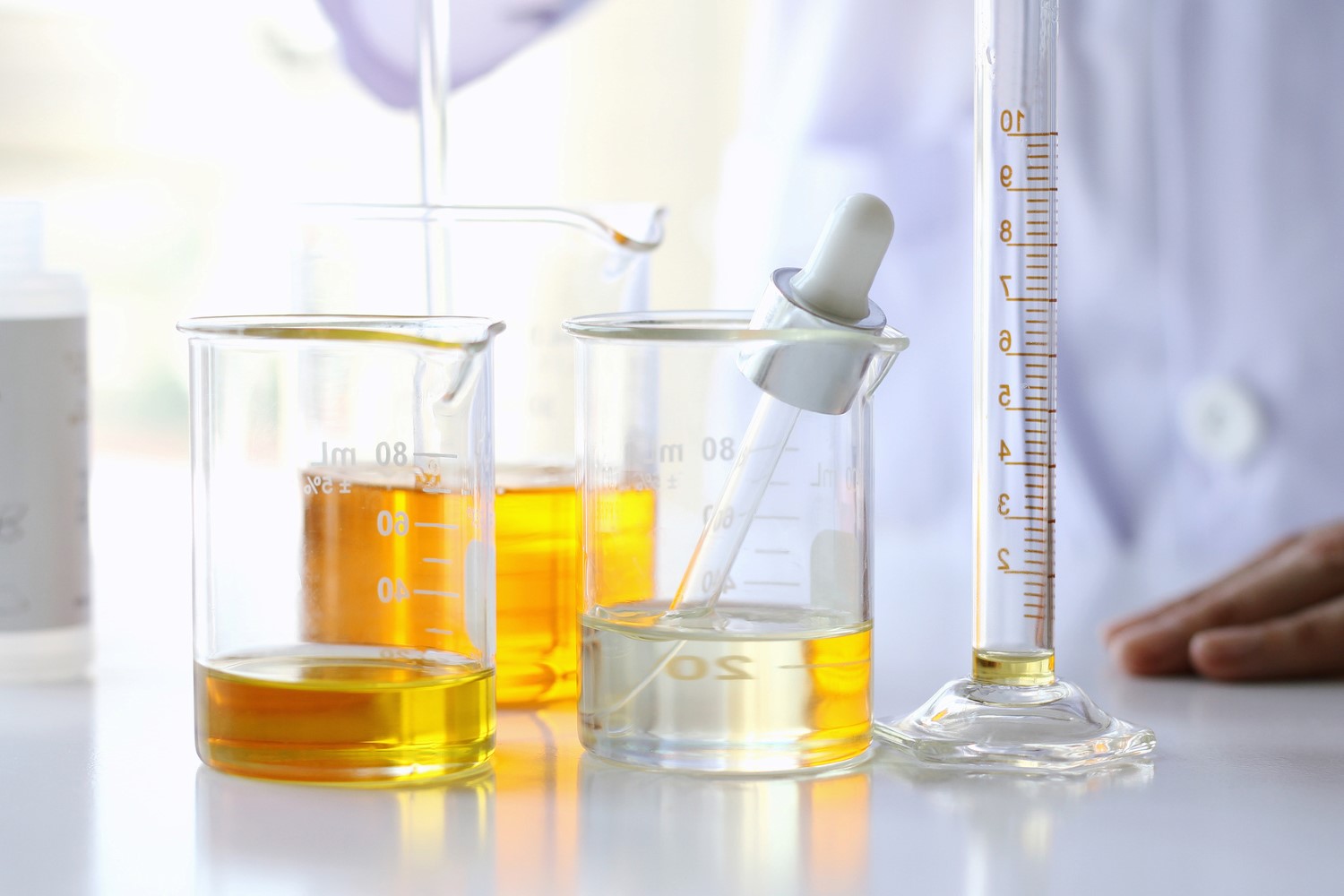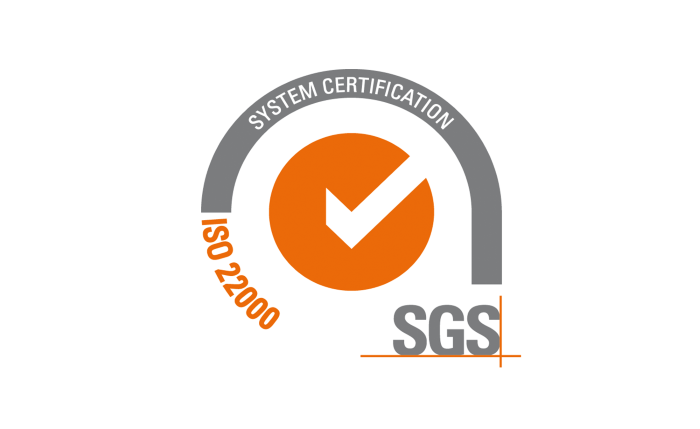
The value of the ISO 22000 stardard in the food industry.
A few months ago Nutexa Ingredients obtained the highest international certificate in food safety. In this article we explain why it is convenient to adjust the company to this standard.
Trust. If we have to choose an attribute associated with the term ISO 22000, this substantive would be the most indicated. Because what this standard basically provides is trust to the clients, to the interested parties and to the final consumer.
The ISO 22000 standard is a set of mandatory rules – for those who have the certificate – that regulate the process of elaborating a food product and, consequently, guarantees the quality, safety and legality of these products.
When we talk about the elaboration process of a food producct we refer to the course of the entire supply chain.
Therefore this regulation is applied to all the actors in contact with food: farmers, breeders, producers of raw materials; manufacturers of food products and additives; suppliers of containers and packaging, distribution companies (transport, storage), cleaning equipment, etc.
In the case of Nutexa, our job is to make ingredients from plants for, among other uses, the food industry. For example, olive seed flour, rosemary extracts as a food preservative, olive fruit extract as an antioxidant one or quinoa seeds.
The International Organization for Standardization (ISO) is the one that dictates the specifications of the controls to be implemented in the companies’ food safety management systems (the process carried out to guarantee the safety of the products).
Compliance with the standards is accredited through a certificate issued by this non-governmental institution created in 1946, based in Switzerland and with more than 22,000 standards published throughout its history relating to technology and manufacturing.

The ISO 22000 standard guarantees the safety of food.
ISO 22000 is the first and for now the only international standard created for such purpose, was published in 2005, derived from the ISO 9000 standard and aims to:
- To ensure that food is safe when it reaches the final consumer.
- To reduce risks in terms of food safety.
- To demonstrate that the product meets the requirements established by customers and other standards.
- To guarantee that it complies with the security policy stated in its relevant documentation.
- To update security systems continuously.
- To harmonize safety requirements worldwide.
The standard is flexible: it can be adapted to any system, regardless of the type of product, size and kind of company. And it uses other rules such as the Hazard Analysis and Critical Control Points (HACCP / HACCP), a tool to control the safety of production processes and mandatory in most industrialized countries in Europe and America.
Benefits of having the ISO 22000 standard.
Obviously it is an asset for any company just only because of the trust it generates to all the parties involved. But it also offers certain advantages such as:
- Greater control of risks.
- The effectiveness of security systems.
- Better cost performance, as a result of the previous ones.
- To facilitate compliance with legislation.
- To provide business transparency.
- To establish a continuous improvement culture in the company.
Nowadays the application of the standard is voluntary, but in practice it is almost a requirement for any organization that participates in the food chain.
Setting up the standard and obtaining the certificate is a long and arduous process in which auditors must access to any part of the company, but there is no doubt that in the long term it becomes one of the company’s greatest added values.
If you have a project in mind, we invite you to contact Nutexa to help you to develop it.




